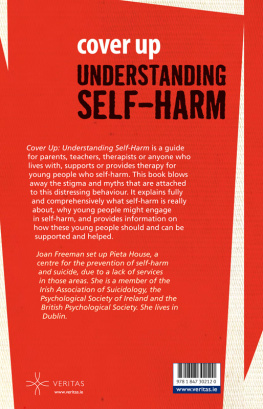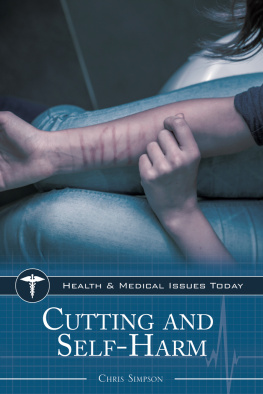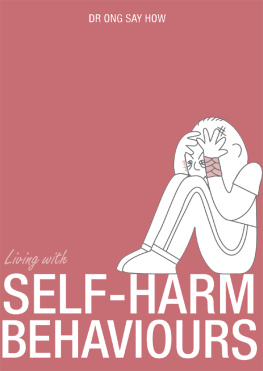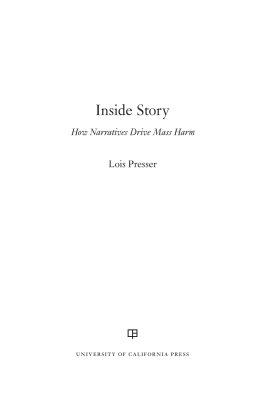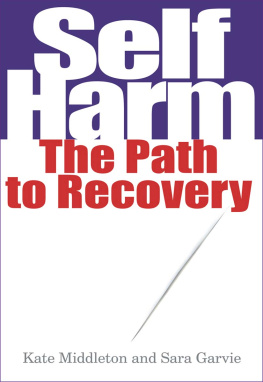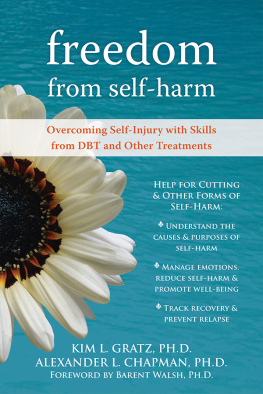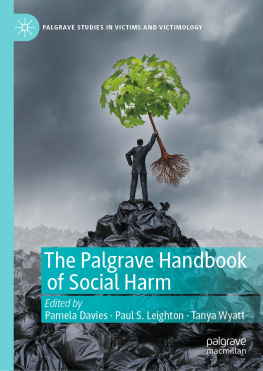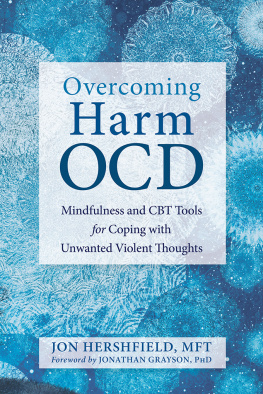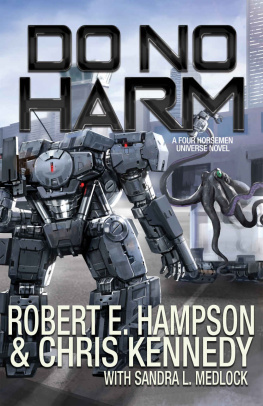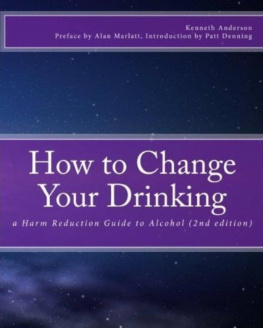There are so many people to thank: my husband, Pat, who is the cornerstone of Pieta House and the cornerstone of my life; my Pieta House colleagues wonderful, caring people who have supported me in every way possible; my sister Marian; my children, Marie, Siobhan, Aislinn and Martin; three special people who pushed and guided me before Pieta House even opened, Dr John Connolly, Barbara Cantwell and Deputy Dan Neville T.D.; and the selfless, gentle souls I have encoun tered here in Pieta House who have lost someone through suicide and in the midst of their sorrow have volunteered their time and efforts to prevent other families going through the same tragedy. Heartfelt thanks to the quiet, continuous support from ESB Electric Aid and the Arthur Guinness Fund who have brought Pieta House to the next level by allowing us to stand on their shoulders.
There are persons so radiant, so genial, so kind, so pleasure-bearing, that you instinctively feel in their presence that they do you good, whose coming into a room is like the bringing of a lamp there.
Introduction
Life is extraordinary! You can be going around doing the usual things: cleaning the house, working, collecting the children from school, cooking, more cleaning, more working. Then something happens, and your life is never the same again. If someone had told me seven years ago that I would be running a centre that counsels people who self-harm or are suicidal, with nearly thirty staff, as well as writing a book about it, I would never have believed them but it is true!
My background in psychology started with undertaking study during the years I was at home rearing my children. By the time they started school I was qualified to begin working as a counsellor and therapist. It was while working as a counsellor in a private practice that I experienced the loss of a loved one through suicide. In my work I had met only a few people who were suicidal and my attitude had been, if they were serious about suicide, they would not be talking about it rather they would have done it by now. How ignorant of me. I had absolutely no understanding of suicide. Worse than that, I had absolutely no compassion. My ignorance led me to assume that people who have attempted suicide or behave in a self-harming way are dysfunctional and have psychiatric problems that can only be dealt with through medication and hospitalisation. That was until the tragedy of suicide came to my door.
When this happened, I was catapulted into a world of great sadness, but more so into a world of enormous anger. This anger was directed at everyone, but especially towards myself. I couldnt explain why I was angry. However, I did not feel any anger towards the person who had died, just terrible sorrow and shame because I had let her down I didnt save her.
Very shortly after the tragedy, I began to go to the local library every day. We did not have the internet at home at the time, so I would book time on the computer and trawl through internet sites on suicide. I became like a scavenger, collecting as many bits of information as possible that mentioned suicide. I suddenly realised what I was doing: I was looking for answers. I was asking Why? why had this happened?
I remember not having the energy or the desire to get up, get dressed or even to survive, and I took to my bed. Surrounded by books, I came across one given to me by a nun The Seven Sorrows of Mary. As I glanced through it, I came across a chapter that dealt with Marys sorrow over the death of her son. At the start of this chapter was a reproduction of the famous Piet sculpture by Michelangelo. This beautiful statue is of the Madonna holding the body of her dead son, Jesus. Michelangelo intentionally made Marys body larger than her sons: her shoulders are broad and her lap deep so that she can hold, embrace and accept the broken body of Jesus. She looks outwards to her world, not in an accusatory way or in anger, but with enormous compassion. Piet, the Italian word for mercy, comes from the Latin piets, which means compassion.
That day, lying in bed, the desire to care for people who were suicidal emerged. I didnt know what it was I was going to do, or how I was going to do it, but I knew I had to do something. The image of the Piet stayed very firmly in my head. This universally recognised sculpture could become the symbol of compassion and understanding for people who were contemplating taking their lives or for those who had already attempted it. For me, this sculpture did not represent something strictly religious; rather, it represented the essence of compassion. I wanted to create an organisation that would hold, embrace and accept the broken lives of people. Thus, Pieta House was born.
Pieta House, set up in 2006, was the first centre in Ireland that specialised in the prevention of self-harm and suicide. Pieta is an alternative way of helping people in crisis, but it is also a way that encourages collaboration with hospitals and doctors.
We are all born with an innate desire to survive. As humans our instinct is to live and avoid pain, and our struggle is mainly about self-preservation. That is why suicide and self-harm seem not only terrifying but also inexplicable. It is probably why both are rarely spoken about. Suicide is still a taboo subject, while self-harm is normally consigned to sensationalist storylines on melodramas or labelled as being the eccentric behaviour of some celebrities. On top of that, there has never been any focused attention paid to it or any focused therapy created for the behaviour.
Before Pieta, people who were suicidal would often end up either in hospital, in a psychiatric unit or heavily medicated sometimes all three. In many cases, patients were put on suicide watch, a procedure that involves the patient being watched by a nurse or carer every moment of every day even while having showers or using the toilet. In some cases, this was the only way to guarantee the patients safety there was no alternative, and whether we liked the practice or not, lives were saved. However, we were convinced that there had to be some other way of helping people who were suicidal.
Prior to my own personal experience of suicide, other therapists and I were guilty of fuelling the notion that a person who is suicidal is unwell or sick, and very quickly, on hearing that someone was in crisis, we would send them to their GP. However, in many cases the workload of GPs is huge and they are stretched way beyond their means. They are doctor, psychiatrist, nurse and therapist rolled into one, and other than listening to the patient and prescribing medication, they are limited in what they can do. We see the same thing in our Accident and Emergency departments: over-worked staff in crisis mode, having to make judgement calls and prioritise cases. People who self-harm or are suicidal often endure long waiting times before they are seen and then, once they have been assessed, they are usually referred to their local health centre and sent home. This is not because of a lack of care, but rather a lack of psychiatric facilities.

